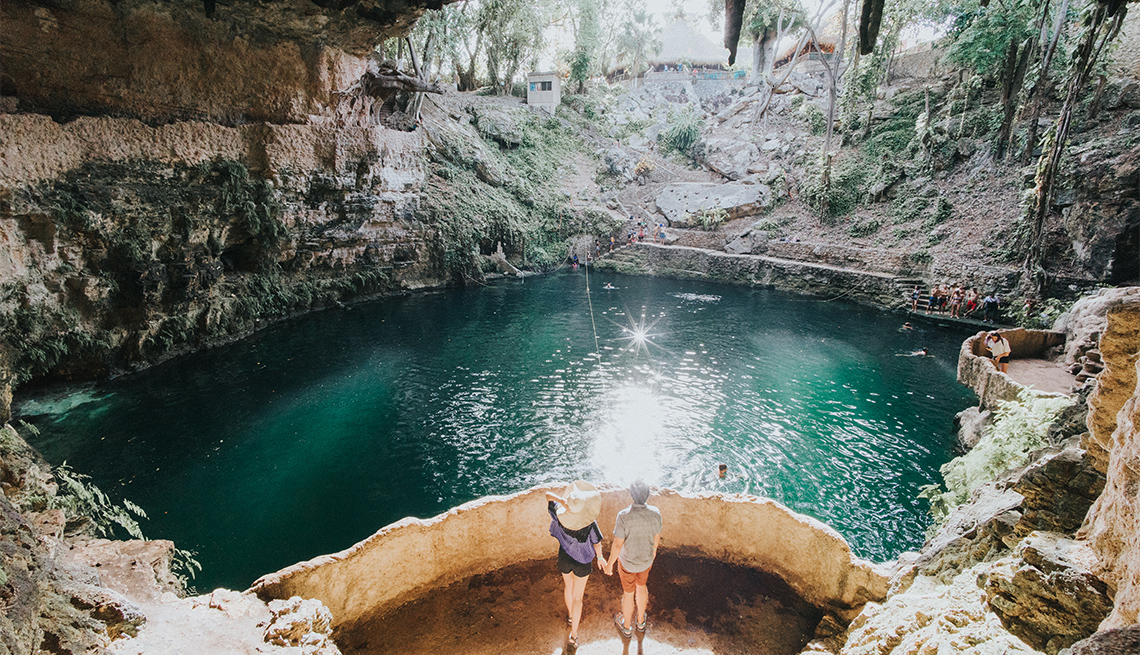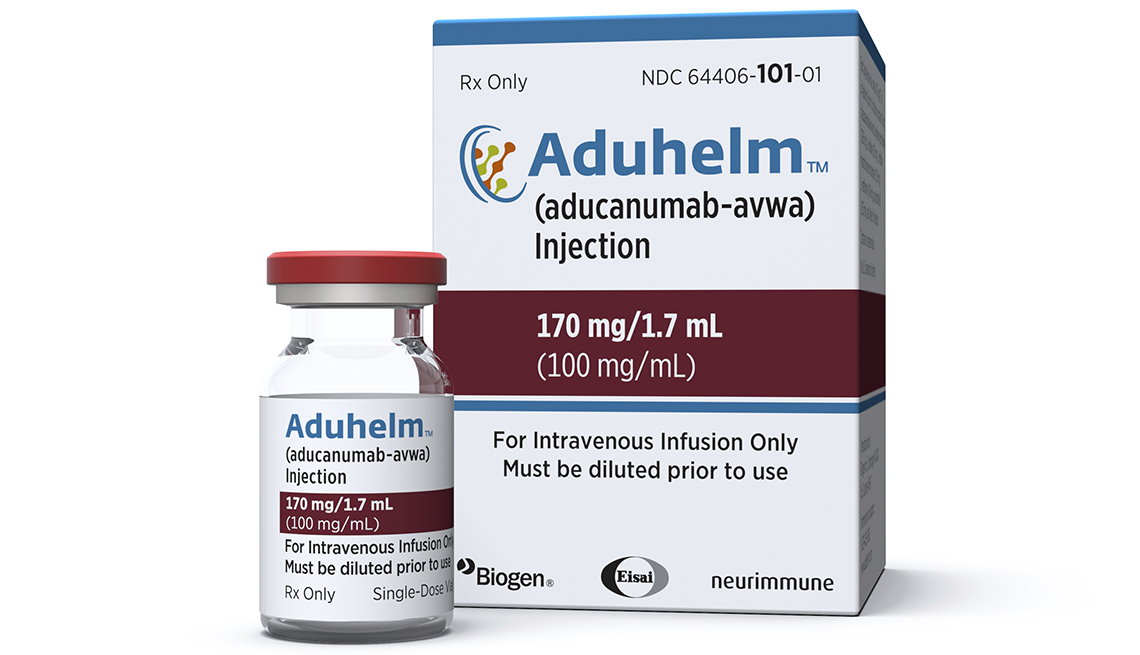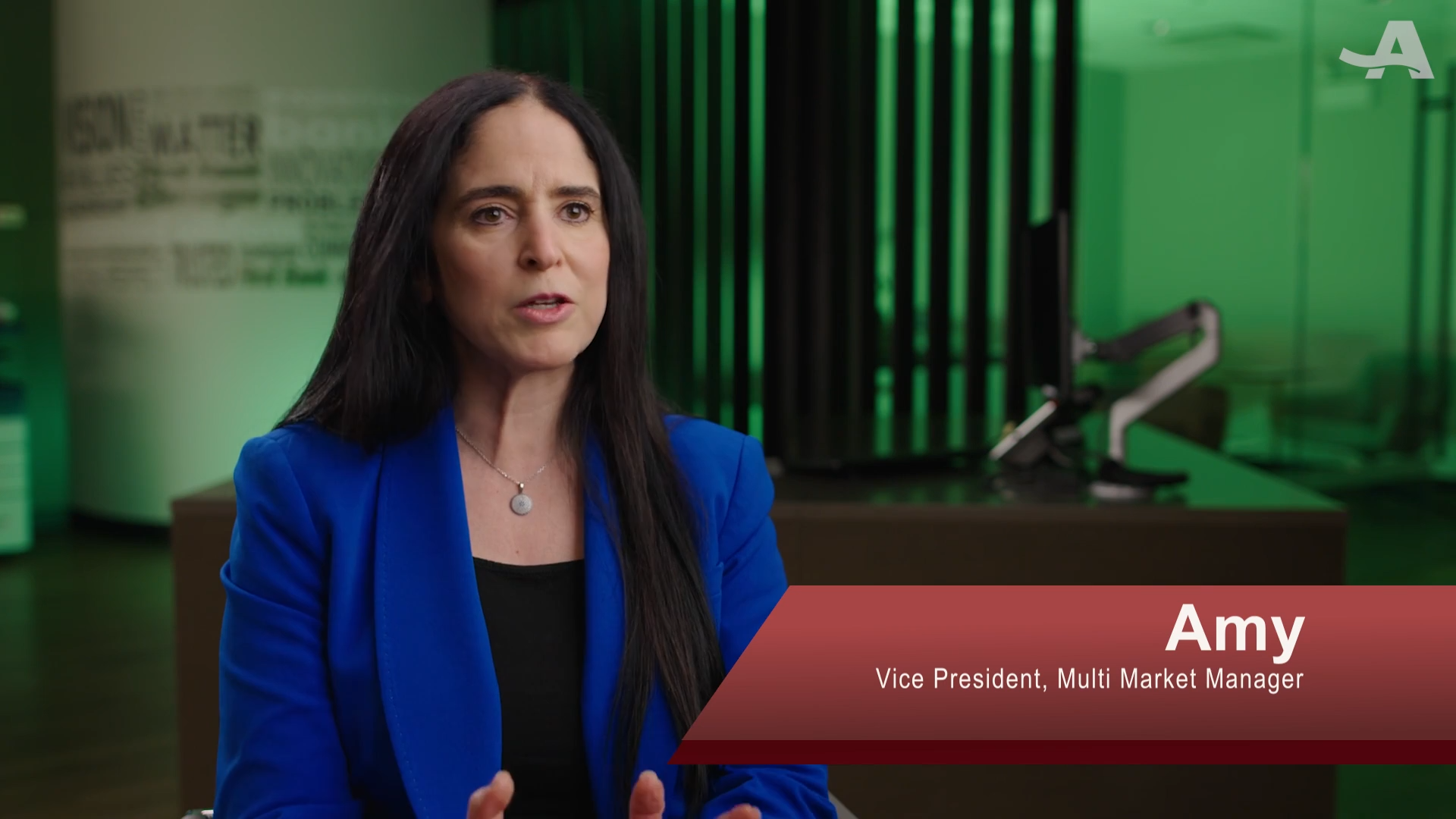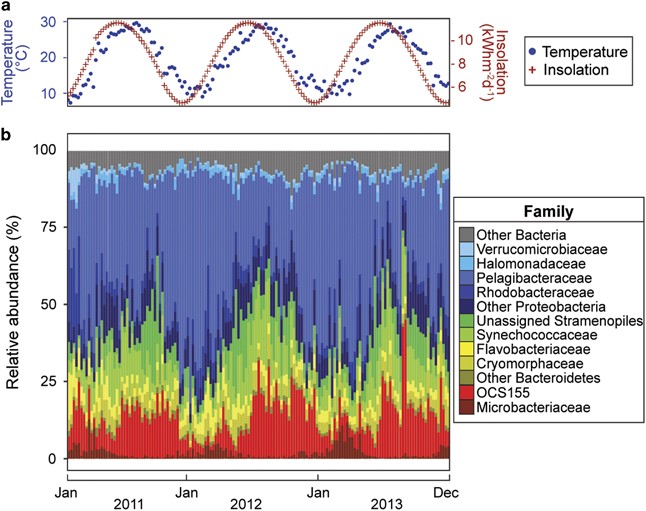
- Select a language for the TTS:
- UK English Female
- UK English Male
- US English Female
- US English Male
- Australian Female
- Australian Male
- Language selected: (auto detect) - EN
Play all audios:
In summer, the pretty port town of Collioure, on the Côte Vermeille stretch of Mediterranean coastline, half an hour from the Spanish border, looks like a tranquil Saint Tropez. Known for
its exceptional setting and unusual bell tower, it is also famous for its anchovies. This small blue fish, with fine flesh, and greenish back with silvery sheen, has made Collioure its
capital, where it is known as the Prince of the city. “In France, if you ask a hundred people to name a town synonymous with anchovies, at least half will say Collioure,” says Rémy
Desclaux, the dynamic owner of Maison Desclaux, one of two salting factories in Collioure – the other being Roque Anchois – where anchovies are prepared. “Collioure is the anchovy capital
of France, because there’s no other town like it. Anchovies have been salted here since the Middle Ages, and the way they’re processed and prepared has hardly changed for centuries.” ONLY
FISH TO HAVE EUROPEAN QUALITY LABEL The Collioure anchovy, defined as very soft and particularly fragrant, is sold in three forms: whole in salt, brined fillets or oil-packed fillets. Since
2004, it has been protected by the European PGI (protected geographical indication) quality label, the only one in France awarded to a fish. To qualify, it must be the Engraulis
encrassicholus species, a fifteen to twenty centimetre-long anchovy from the Mediterranean and Atlantic. Fishing for the anchovies takes place at night in June-July. Anchovies are lured
into nets called ‘rissoles’ using a ‘lamparo’, a lamp at the front of the boat. TOWN BUILT ON FISHING HERITAGE In Collioure, this anchovy fishing tradition goes way back: traces of
shipments of salted fish from 1397 have been found here and, throughout history, this salting activity never slowed down. During the second half of the 19th century, due to railway
development, fishing reached its peak of prosperity, and became the town’s main industry. Up until the Second World War, around thirty salt-curing workshops still existed. Today, almost
all have disappeared, often due to mergers. Collioure, of course, does not have a monopoly on salted anchovies. They are also found in the Basque country, northern France and elsewhere
along the Mediterranean. Some supermarkets even produce their own anchovies in oil and salt. Nearby Spain is also a major producer: anchovies from L’Escala in Catalonia and Cantabria are
particularly renowned. “But Collioure anchovies’ quality is unique,” says Rémy Desclaux, whose family has produced anchovies for six generations. “This anchovy has a silky texture, strong
yet delicate flavour, and a slight bitterness that is its hallmark. The flesh is supple, not brittle and crumbly. Inferior anchovies are often over-salted due to insufficient washing after
leaving the barrels.” He adds: “Collioure anchovies are also recognisable by sight. If you examine my anchovies closely, you’ll see they’re not uniformly coloured like L’Escala anchovies:
there’s a blood-red side around the bone, due to several factors. Firstly, the length of time maturing in salt, but also salt quality. We use La Baleine, which is white. The Spanish use
Murcia salt, which is brown, sometimes pink, and our brine is different.” Read more: Eating faux-pas: habits to avoid when dining in France WOMEN AT CENTRE OF PRODUCTION The production of
Collioure anchovies is entirely manual. Once caught, the fish are salted and drain for 24-48 hours. They are then beheaded, gutted and placed in barrels, alternately layering anchovies with
sea salt. All this is done manually, usually by women called ‘anchoïeuses’. The barrels are covered with a heavy lid, the pressure encourages salt to penetrate anchovy tissue. They mature
for six months – this slow maturation allows the anchovies to develop all their organoleptic qualities. “After maturing, two options exist,” says Mr Desclaux. “Either we produce anchovies
directly in salt, and the consumer must desalinate, de-bone and fillet them. Or we make fillets in oil. We use this preparation more and more because it maximises the product’s quality:
the salted anchovy is washed, desalted, de-boned, filleted and put in oil. The finest fillets are selected and packed in jars, in tight rows starting against the jar’s outer edge and filled
inwards. The tips of the anchovy tails must be perfectly aligned. They are carefully folded over, a bit like a flower, before closing the jar.” Read more: Day 12 French regional Christmas
specialities: Seafood platter OVERFISHING HAS LED TO SCARCITY Of the 400 tonnes of anchovies produced annually in Collioure, 60 tonnes come from Desclaux. Unfortunately, neither the
Mediterranean nor the Bay of Biscay can currently sufficiently supply Collioure producers. “Anchovies are increasingly rare here. This is due to warmer waters, pollution, the plankton
quality, overfishing thirty years ago, and protecting certain species to the detriment of others, like bluefin tuna, which eats anchovies and sardines," Mr Desclaux said. "So, I
have three supply sources: first, the Mediterranean, from Sète to Valencia. However, this anchovy is small and when salted to mature, it shrinks by 20%. So, we use them to make anchovy
cream, the basis for tapenade and anchoïade, or Boquerones; fresh anchovies marinated in vinegar for a few hours. “My second supplier is the Bay of Biscay, from the Spanish and French Basque
country to Brittany. The third supplier is Argentina, the world’s leading anchovy producer. Its anchovy, Engraulis anchoita, is a species we can process exactly like ours, enabling us to
make ‘Collioure-style’ anchovies (non-IGP).” In response to the increasing anchovy scarcity, Desclaux has decided to concentrate on high-end products. “Since there are fewer anchovies, we
must promote them differently, Before, we produced more volume, standard mid-range anchovies. Today, we produce less, but to a very high quality. Consequently, we don’t work with mass
distribution or supermarkets. We select our buyers: gourmet shops, caterers, fine restaurants, discerning consumers.” TOWN PRIDES ITSELF ON ANCHOVIES In Collioure, you can buy Desclaux
anchovies and all anchovy-related products in the historic shop in Collioure centre, founded in 1902. Recently, Rémy Desclaux added a gourmet shop, wine bar, anchovy bar, online shop, and
an anchoithèque – an anchovy concept store. The Bar à Anchois, open since 2021 in the heart of Collioure near the bell tower and the royal castle, is probably unique in the world:
everything from starter to dessert contains anchovies, which can be enjoyed fried with a homemade mayonnaise, in a salad, foccacia or even a chocolate mousse. In addition to the many
restaurants serving Collioure anchovies, you can also sample them every first weekend in June during the Collioure Anchovy Festival, featuring a gourmet market in the harbour, a musical
aperitif, tastings, preparation workshops, a traditional regatta and Catalan songs. Traditionally, anchovies are eaten in the region as an appetiser, drizzled with olive oil and accompanied
by grilled or marinated red and sweet peppers. It is the favourite dish of three-star Michelin chef from Perpignan, Paul Pairet. “On grilled peppers, we place some beautiful salted
anchovies that we’ve cleaned ourselves, with a little Collioure vinegar, grated hard-boiled egg, a little garlic, parsley and a splash of olive oil”, he says. “It’s so simple and just
magnificent,” he says.








